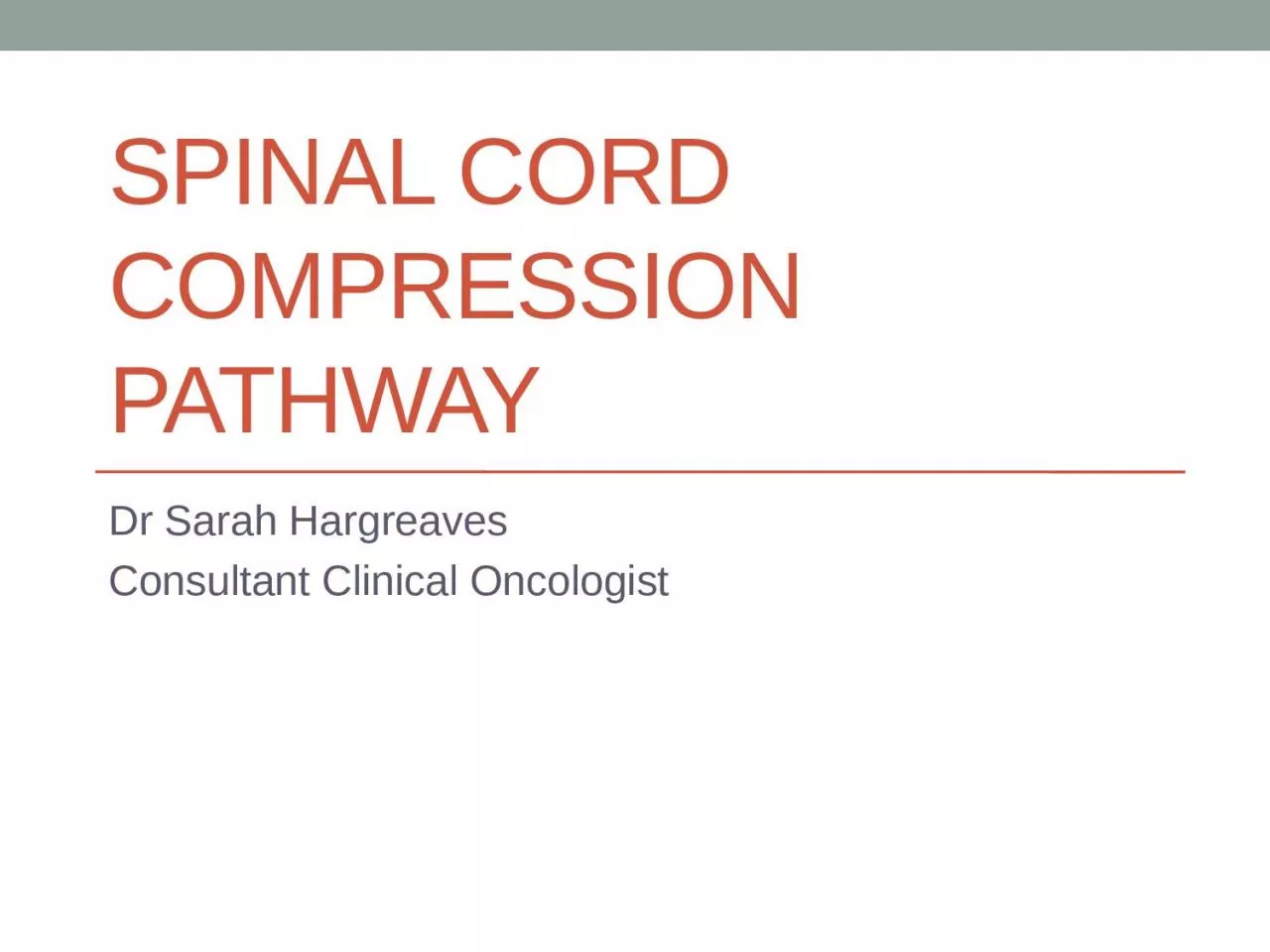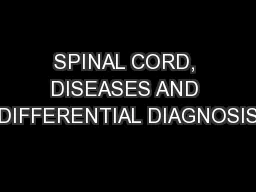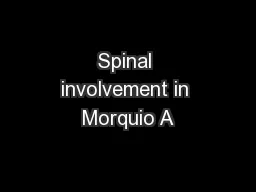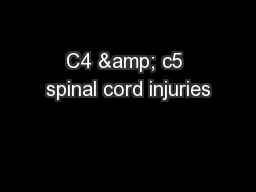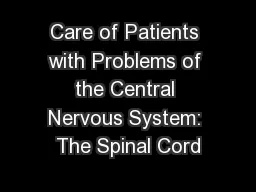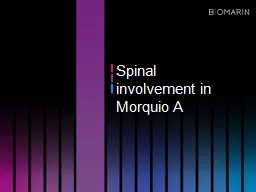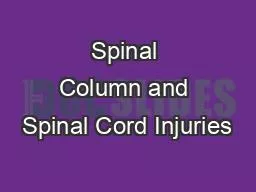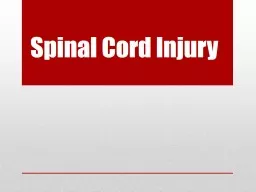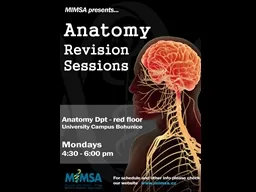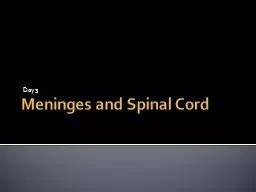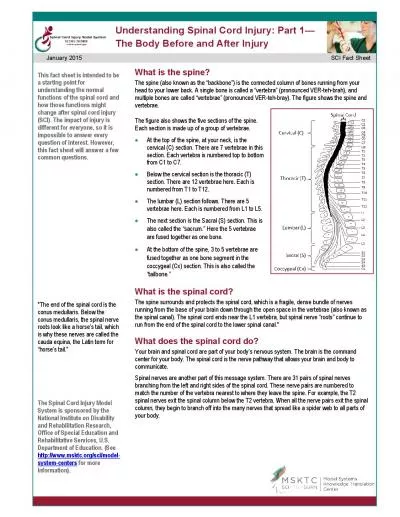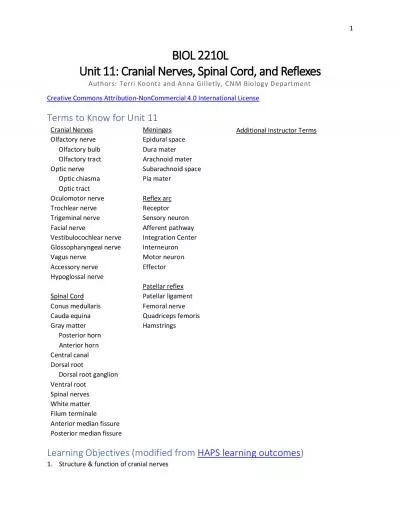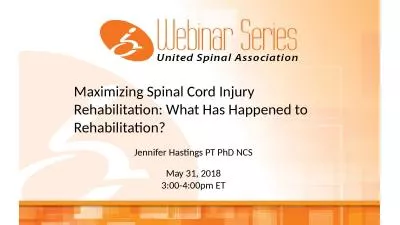PPT-Spinal Cord Compression Pathway
Author : carla | Published Date : 2023-08-25
Dr Sarah Hargreaves Consultant Clinical Oncologist Malignant Spinal Cord Compression Spinal Cord Compression Pathway at UHBW Clinical or radiological concern about
Presentation Embed Code
Download Presentation
Download Presentation The PPT/PDF document "Spinal Cord Compression Pathway" is the property of its rightful owner. Permission is granted to download and print the materials on this website for personal, non-commercial use only, and to display it on your personal computer provided you do not modify the materials and that you retain all copyright notices contained in the materials. By downloading content from our website, you accept the terms of this agreement.
Spinal Cord Compression Pathway: Transcript
Download Rules Of Document
"Spinal Cord Compression Pathway"The content belongs to its owner. You may download and print it for personal use, without modification, and keep all copyright notices. By downloading, you agree to these terms.
Related Documents

